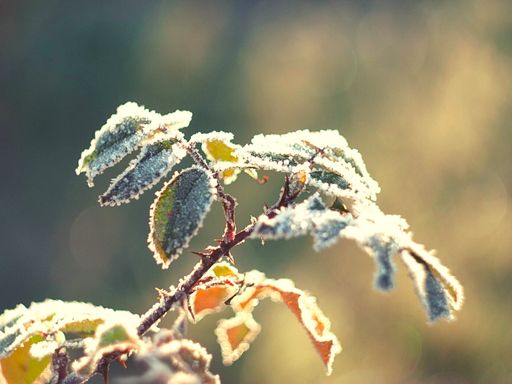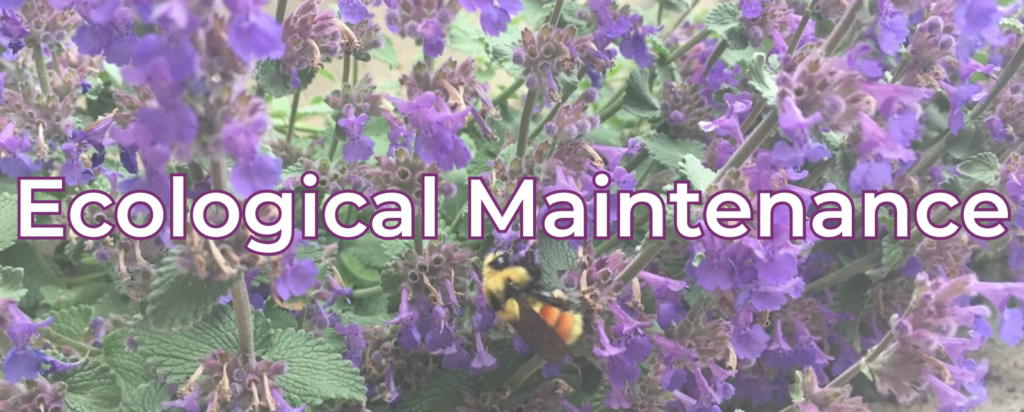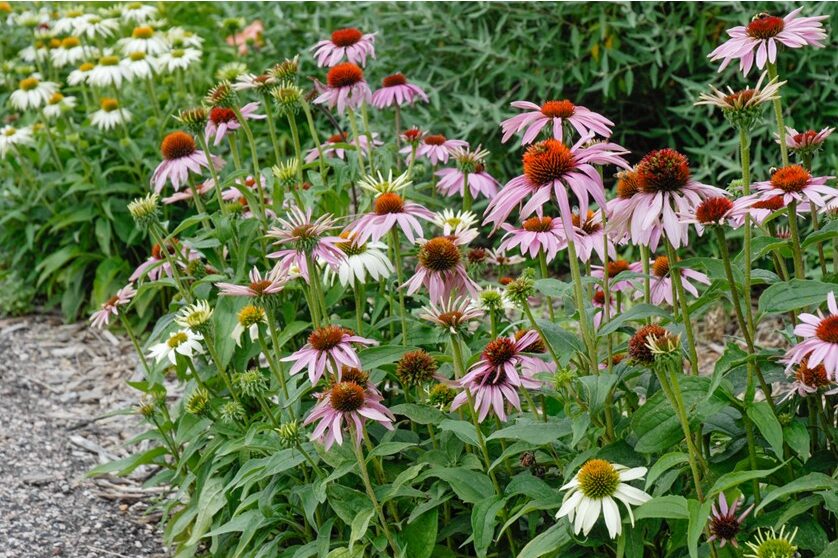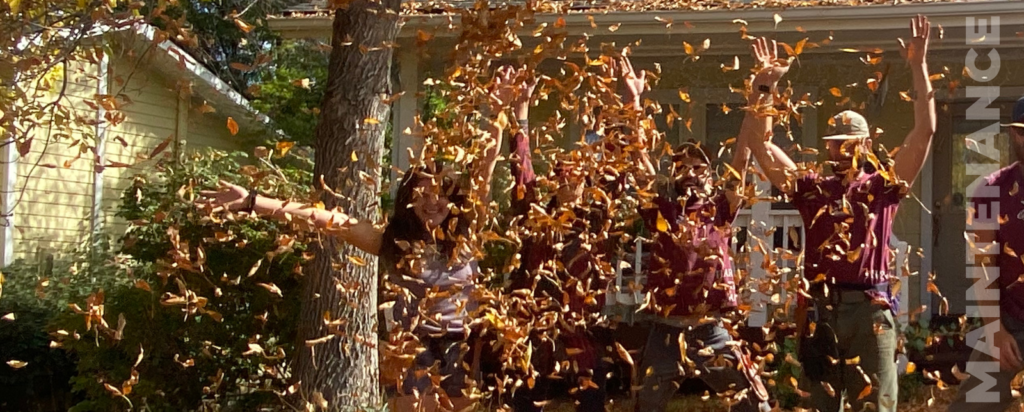Overwintering Perennials in Containers
I’ve had great success with this over the years. It’s generally not recommended because in containers, the regulating mass of the ground is not moderating temperature fluctuations as it does for plants in the ground, nor is the water-holding capacity of the earth available.
Methods I’ve used mostly rely on intentional snow placement. Snow is a wonderful insulator and as it melts it slowly releases water the plants can use. Whenever I shovel, I make sure to insulate my containers with snow. Not only do I pile it on top of them, but also around the outsides of the containers. The south side of a container can get quite warm when exposed to winter sun, so snow is important there to reduce dramatic temperature fluctuations. I had snapdragons (considered annual in our zone) winter over last year in my container along with my real perennials. Success!
Winter watering
Snow removal is more fun when you realize you are nourishing your garden at the same time. Remember, not only is snow a natural source of water for your plants, but it also contains dissolved minerals that act as a natural fertilizer for your plants, just like rain. And, as described above, snow is an ideal insulator which can make the difference for plants that may not be as hardy as they need to be for a harsh cold snap.
That said, I find shoveling snow more enjoyable when I place it intentionally in my garden beds. It feels like it gives the whole activity more purpose and value than simply moving around frozen water to get it out of the way, while making my back and arms sore. Hopefully, this approach will help make your winter more enjoyable and your landscape ready to thrive come spring.
What to do if there is no snow?
During dry winters you should water your new plants monthly; the major holidays are a good guide so you won’t forget when it was last done. Slow and deep is the practice to use. Water mid-morning on a warmer day if possible so that the soil will have had a chance to thaw a bit and the water will be able to percolate down to the root zone. Mid-late morning watering also allows the roots time to use the water before freezing solid again at night.
Newly planted plants are most at risk of drying out. In order of need, first is coniferous trees, then deciduous trees, then shrubs and last perennials. Makes sense in terms of your investment as well. Generally this progression aligns with cost of plants. Your biggest investment in a new landscape is usually conifers and they are most in need of moisture in the winter. So protect your investment and remember to water this winter IF we don’t have snow. Might be easier to put your dancing shoes on and do lots of snow dances now, and spare yourself dragging the hose out!
Best Practice for Controlling Siberian Elm
Siberian elm is the weedy “trash tree” that is all over the place in our region. It has those little blond papery, dime-size disk seeds that blow around in spring. Tons of baby elms follow. If you can pull them before they’re about 6” tall, you can usually get the whole root out, which is the best case scenario. If they are left to grow, they turn into a 50-80’ tall tree that has limbs that are weak and break easily in storms. Their branches litter the ground and they drop seeds everywhere, earning them their infamy.
I have been dealing with some of them at my place for a while now and found a rhythm that works well for me. The ones that are too large to be pulled, keep resprouting after being cut down to ground level. I remove all the twiggy growth in fall so that in spring, there are no branches or saplings to put seeds out. Spring has so many timely garden tasks to tend to, that by removing them (and therefore their ability to produce spring seeds) in fall, I don’t risk missing my window and getting inundated again.
To the Glory of the Garden,
Eva Montane
President, Columbine Landscapes









